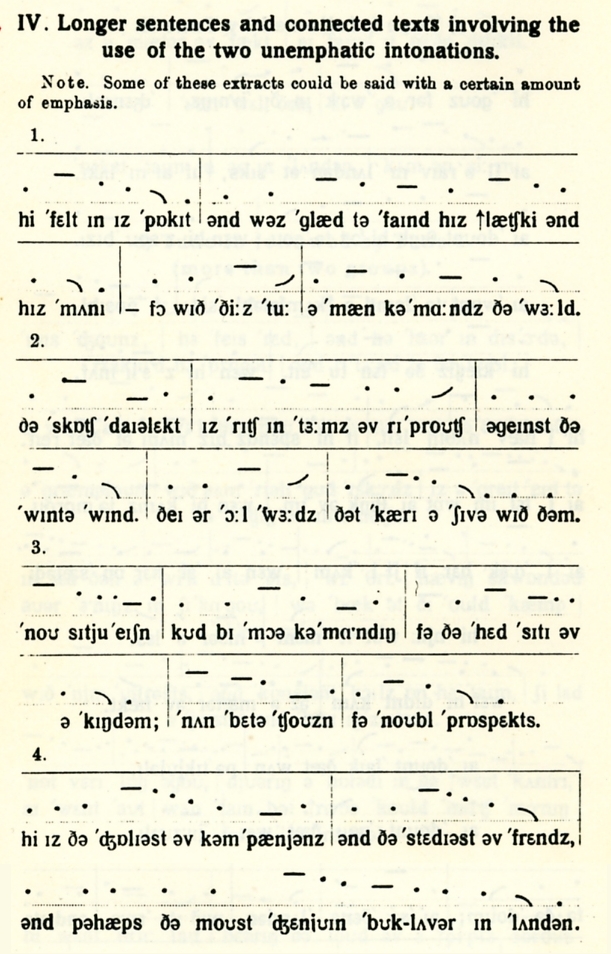PHONETIC TRANSCRIPTION. A written or printed representation of SPEECH using a phonetic alphabet. Whereas, in standard orthography, the same letters can be used to represent different sounds (the y in sky and syrup), and different combinations of letters can be used to represent the same sound (the ee of meet and the ea of meat), a phonetic symbol always represents the same sound, and a sound is always represented by the same symbol. Speech can be transcribed phonetically at different levels of detail and accuracy. In general terms, there are two kinds of transcription: (1) Phonetic transcription proper, which draws on the total resources of a phonetic alphabet to mark minute distinctions in sound and places symbols in square brackets, [t]. Such transcriptions are used especially to represent the usage of individual speakers, and are informally known as narrow transcriptions. (2) Phonemic transcription, which provides a symbol for each PHONEME in a text and places the symbols between obliques, as in /t/. Such transcriptions are used to represent an idealized description of the system of a speech community. It is the kind used in pronouncing dictionaries, and is referred to informally as broad transcription.
Contemporary phoneticians generally take their symbols from the INTERNATIONAL PHONETIC ALPHABET, but other symbols are also in use, especially in North America. All such symbols are mnemonic labels that ignore phonetic detail, as when the initial consonants of tea, two, and train are phonemically written /t/, even though they are all phonetically slightly different. In many cases, DIACRITICS are added to phonemic symbols to give further detail: for example, a superscript h added to /t/ to indicate aspiration, /th/. A third kind of transcription is prosodic transcription, for which there is no generally agreed system of symbols. Its purpose is the representation of rhythm, stress, and intonation, and it has elements in common with musical notation. Generally, a text representing speech is divided into its actual or probable tone groups, the boundaries between groups being marked with a bar (/), usually doubled to mark the end of a major tone group (//), the rough equivalent to a sentence. Next, the accented syllables are identified, then the pitch contours associated with these syllables are marked in.
Dict.cc English-German Dictionary: Translation for phonetic transcription. English-German online dictionary developed to help you share your knowledge with others. More information! Contains translations by TU Chemnitz and Mr Honey's Business Dictionary (German-English). Thanks on that account!

Dictionary Phonetic Symbols
- Phonetic definition, of or relating to speech sounds, their production, or their transcription in written symbols. Phonetic transcription. Agreeing with pronunciation: phonetic spelling. Concerning or involving the discrimination of nondistinctive elements of a language. In English, certain phonological features, as length.
- Phonetic transcription (also known as phonetic script or phonetic notation) is the visual representation of speech sounds (or phones). The most common type of phonetic transcription uses a phonetic alphabet, such as the International Phonetic Alphabet.
Oxford Dictionary With Phonetic Transcription Free Download
» Tabular list of translations | always » List of translations starting with the same letters » pho | phon | phone | phonetic
|



